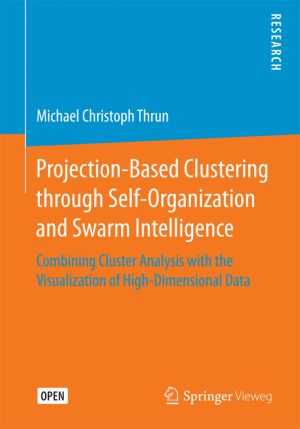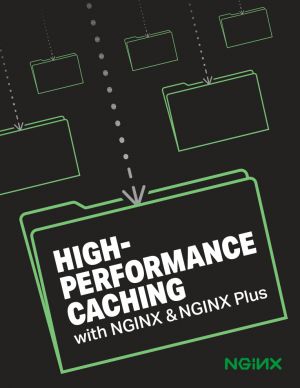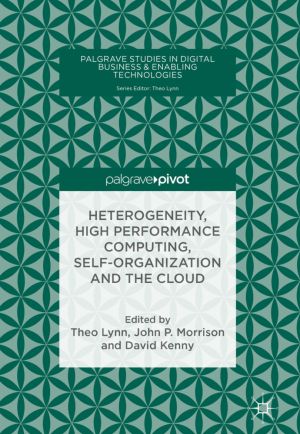Heterogeneity, High Performance Computing, Self-Organization and the Cloud
by Theo Lynn, John P. Morrison, David Kenny
DescriptionDetailsHashtagsReport an issue 






Book Description
This book addresses the most recent developments in cloud computing such as HPC in the Cloud, heterogeneous cloud, self-organising and self-management, and discusses the business implications of cloud computing adoption. Establishing the need for a new architecture for cloud computing, it discusses a novel cloud management and delivery architecture based on the principles of self-organisation and self-management. This focus shifts the deployment and optimisation effort from the consumer to the software stack running on the cloud infrastructure. It also outlines validation challenges and introduces a novel generalised extensible simulation framework to illustrate the effectiveness, performance and scalability of self-organising and self-managing delivery models on hyperscale cloud infrastructures. It concludes with a number of potential use cases for self-organising, self-managing clouds and the impact on those businesses.This open book is licensed under a Creative Commons License (CC BY-NC-ND). You can download Heterogeneity, High Performance Computing, Self-Organization and the Cloud ebook for free in PDF format (5.4 MB).
Book Details
Title
Heterogeneity, High Performance Computing, Self-Organization and the Cloud
Subject
Business and Management
Publisher
Palgrave Macmillan
Published
2018
Pages
183
Edition
1
Language
English
ISBN13
9783319760377
ISBN10
3319760378
ISBN13 Digital
9783319760384
ISBN10 Digital
3319760386
PDF Size
5.4 MB
License

Related Books

It covers aspects of unsupervised machine learning used for knowledge discovery in data science and introduces a data-driven approach to cluster analysis, the Databionic swarm(DBS). DBS consists of the 3D landscape visualization and clustering of data. The 3D landscape enables 3D printing of high-dimensional data structures.The clustering and numbe...

Python is one of the leading open source platforms for data science and numerical computing. IPython and the associated Jupyter Notebook offer efficient interfaces to Python for data analysis and interactive visualization, and they constitute an ideal gateway to the platform.
IPython Interactive Computing and Visualization Cookbook, 2nd Edition ...

This book is the final compendium of case studies emanated from the 4-year COST Action IC1406 "High-Performance Modelling and Simulation for Big Data Applications" (cHiPSet). Funded by the European Commission from 2015, cHiPSet has created a sustainable reference network linking applied research in High Performance Computing (HPC) and Mod...

This book addresses the application of computing to cultural heritage and the discipline of Digital Humanities that formed around it. Digital Humanities research is transforming how the Human record can be transmitted, shaped, understood, questioned and imagined and it has been ongoing for more than 70 years. However, we have no comprehensive histo...

In this updated edition of a groundbreaking text, concepts such as energy return on investment (EROI) provide powerful insights into the real balance sheets that drive our "petroleum economy." Hall and Klitgaard explore the relation between energy and the wealth explosion of the 20th century, and the interaction of internal limits to grow...

You can cache static assets - more than half the payload needed to respond to many web requests - and even application‑generated web pages (whether partial or complete). And you can use cache clusters and microcaching to increase the caching capability of your web applications while simplifying implementation and reducing operational complexity.
...

